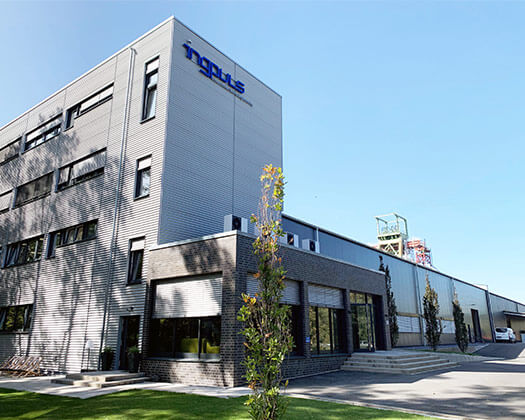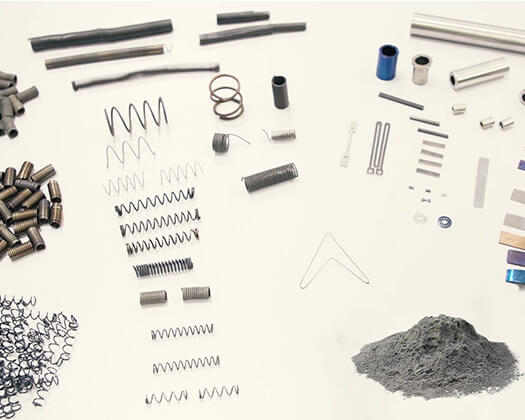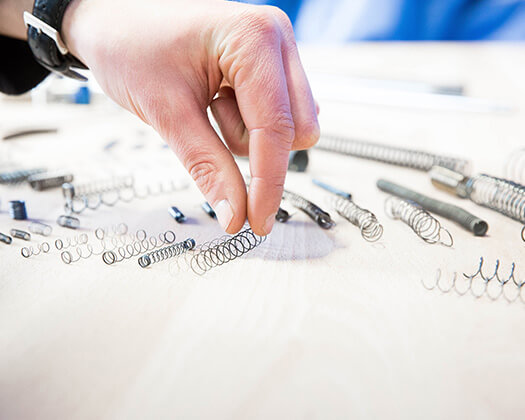What is an actuator? The function of a shape memory alloy actuator or actuator (SMA actuator / SMA actuator) is to convert supplied energy into mechanical work. This work is used in the form of stroke and force to perform actuation tasks in a system. In the context of shape memory alloys (SMA), heat energy






